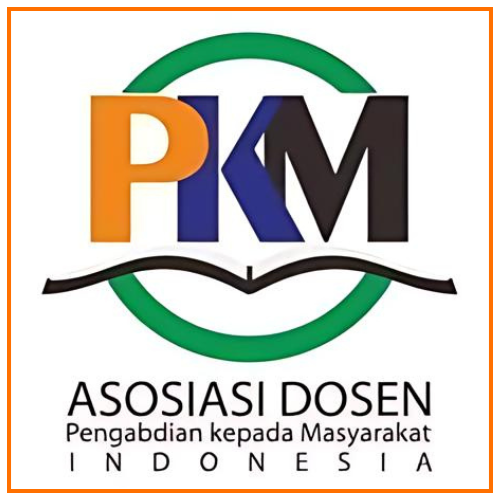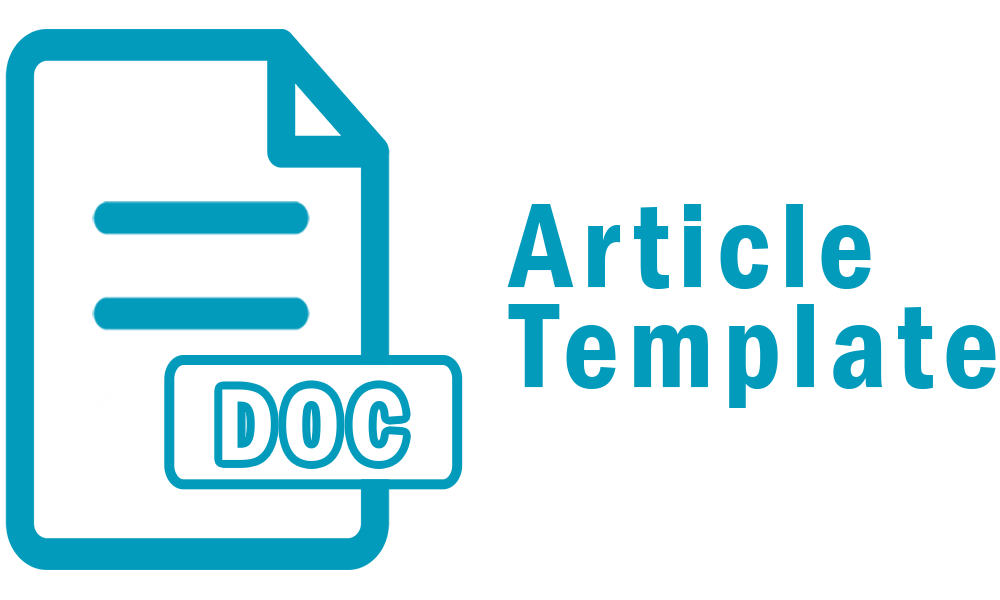The Discourse Structure and Linguistic Features of Research Articles and Thesis Abstracts in English by Indonesian Academics
Abstract
Scholars and practitioners should be aware that writing a good and eye-catching abstract is significant but tough work. Scholars and researchers are challenged to produce an informative and persuasive abstract to be accepted then published in either national or international publication and they should know the current characteristics of abstracts written by the students or apprentice writers. The study aims at examining the comparison of discourse structure and linguistic features between English abstracts of research articles by Indonesian researchers and English abstracts of the thesis by Indonesian scholars. The corpus data were taken from 10 research articles abstracts of Indonesian researchers concerning English education published in ERIC and 10 thesis abstracts of the graduate program of English Education in UIN Syarif Hidayatullah Jakarta. Thus, a genre-based analysis proposed by Bhatia’s move structure and Swales’ and Feak’s move structure will be used to investigate the discourse structure and Paltridge & starfields will be used to investigate linguistic features. The results indicated that 60% of abstracts published in the international journal were organized well while 40% of thesis abstracts were not organized well. Furthermore, past tenses were frequently used in both article abstracts and thesis abstracts in terms of aim, method, and result move. While present tense was still used in aim and result move in article abstracts. In conclusion, most abstracts published in international publications used well organizational move. While most abstracts published in local ones are not used well organizational move.
Keywords: Discourse structure; linguistic features; research article abstracts; rhetorical move; thesis abstracts.
Full Text:
PDFReferences
Albana, H. H., Marzuki, A. G., Alek, A., & Hidayat, D. N. (2020). Cohesive Devices in Student’s Writing (A Discourse Analysis on Argumentative Text). Jurnal Pendidikan Humaniora, 8(1), 6-11.
Alek, A., Marzuki, A. G., Farkhan, M., & Deni, R. (2020). Self-Assessment in Exploring EFL Students’ Speaking Skill. Al-Ta’lim Journal, 27(2), 208-214.
Alhuqbani, M. N. (2013). Genre-based analysis of Arabic research article abstracts across four disciplines. Journal of Educational and Social Research, 3(3), 371.
Ariwibowo, A. A. (2008). Publikasi internasional penelitian Indonesia rendah.
Arsyad, S. (2014). The discourse structure and linguistic features of research article abstract in English by Indonesian academics. Online Submission, 10(2), 191–223.
Arsyad, S. (2016). Writing international journal articles using English rhetorical style. Jakarta: Halaman Moeka Press.
Arsyad, S., & Arono. (2016). Potential problematic rhetorical style transfer from the first language to foreign language: a case of Indonesian authors writing research article introductions in English. Retrieved from https://eric.ed.gov/?q=genre-based+analysis+in+indonesia&pg=2&id=ED566896.
Bhatia, V. K. (2014). Analysing genre: Language use in professional settings. Routledge.
Burrough-Boenisch, J. (2003). Shapers of published NNS research articles. Journal of Second Language Writing, 12(3), 223–243.
Chen, J. (2010). Generic analysis of English research article abstracts and the use of modal verbs for financial economics (Vol. 7). Retrieved from https://eric.ed.gov/?q=rethorical+moves+of+research+article+abstract&id=ED514815.
Emilia, E. (2009). Menulis tesis dan disertasi. Alfabeta.
Hyland, K. (2004). Genre and second language writing. University of Michigan Press.
Jalalian, M. (2012). Writing an eye-catching and evocative abstract for a research article: A comprehensive and practical approach. Electronic Physician, 4(3), 520–524.
Jawad, F.-M. (2018). Genre analysis of MA thesis abstracts by native and (Iraqi) non-native speakers of English. Journal of the University of Babylon, 26(1), 37–50.
Luthfiyah, L., Alek, A., & Fahriany, F. (2015). An investigation of cohesion and rhetorical moves in thesis abstracts. IJEE (Indonesian Journal of English Education), 2(2), 145–159. https://doi.org/10.15408/ijee.v2i2.3086.
Mete, D. E. (2011). EIL and intercultural communicative competence: Two sides of a coin. Asian EFL Journal Press for the EIL Journal. Asian EFL Journal Press, 45–50.
Ning, Z. (2008). A genre-based analysis of English research article abstracts and the linguistic feature of personal pronouns for financial economics (Vol. 5). Retrieved from https://eric.ed.gov/?q=discourse+structure+and+linguistic+features+of+ abstract&id=ED502582.
Paltridge, B., & Starfield, S. (2007). Thesis and dissertation writing in a second language: A handbook for supervisors. Routledge.
Suharno, S. (2001). Abstract for journal articles. Kajian Sastra, (3), 115–125.
Swales, J. (1990). Genre analysis: English in academic and research settings. Cambridge University Press.
Swales, J. M., & Feak, C. B. (2004). Academic writing for graduate students: Essential tasks and skills (Vol. 1). University of Michigan Press Ann Arbor, MI.
Swales, J. M., Heritage, M. R., Cotrell, S., Amani, P., Joy, H., Nyongesa, B., Mwangi, P. N. (2014). Genre analysis. Journal of Humanities and Social Sciences, 5.
Wannaruk, A., & Amnuai, W. (2016). A comparison of rhetorical move structure of applied linguistics research articles published in international and national Thai journals. RELC Journal, 47(2), 193–211.
Yuned, R. O. (2016). Coherence analysis of the 2015 international conference article abstracts in applied linguistic. Proceedings of ISELT FBS Universitas Negeri Padang, 4(2), 199–209.
DOI: https://doi.org/10.37058/jelita.v1i1.3940
Refbacks
- There are currently no refbacks.








Journal of Education, Language Innovation, and Applied Linguistics
Lembaga Penelitian, Pengabdian Kepada Masyarakat dan Penjaminan Mutu Pendidikan (LP2M-PMP) Universitas Siliwangi
Jalan Siliwangi Number 24, Kota Tasikmalaya - 46115
West Java, Indonesia










